Have you ever heard the saying, “A picture is worth a thousand words?”
Well, in the world of branding, your logo is that picture. It’s the first thing people see when they visit your website or social media pages, and it can set the tone for their entire experience with your brand. That’s why it’s so important to choose the right type of logo for your business.
Before we dive into the arcane art of logo design, let’s address one of the most common client requests that often echo in the halls of design:
“Can you make it pop?”
This request is the design equivalent of a root canal. It usually leaves us more often than not wondering: What does “make it pop” really mean? This is a question designers have pondered since the beginning of time.
- Does it mean to use bright colours?
- Does it mean to add a more contrasty background?
- Does it mean to make something stand out?
- Does it mean to add a drop shadow or an outline?
- Does it mean to make something bigger?
It’s anyone’s guess, really!
Despite some of these demands seeming oddly unrealistic, they illuminate the essence of what clients seek when they embark on the quest for the perfect logo. So, let’s not keep the mystique waiting any longer. Shall we explore the magical world of logos?
The Types of Logos:
- The Wordmark Logo
- The Lettermark Logo
- The Abstract Logo
- The Pictorial Logo
- The Emblem Logo
- The Mascot Logo
- The Combination Logo
1. The Wordmark Logo
Our first stop brings us to the Wordmark Logo, a masterpiece where words become art. These are text-based logos that use the company’s name as the logo itself. Examples of how typography can be a brand’s greatest ally is vivid in brands like Britam, Safaricom, Coca-Cola, Visa, Uber, Netflix and Google.
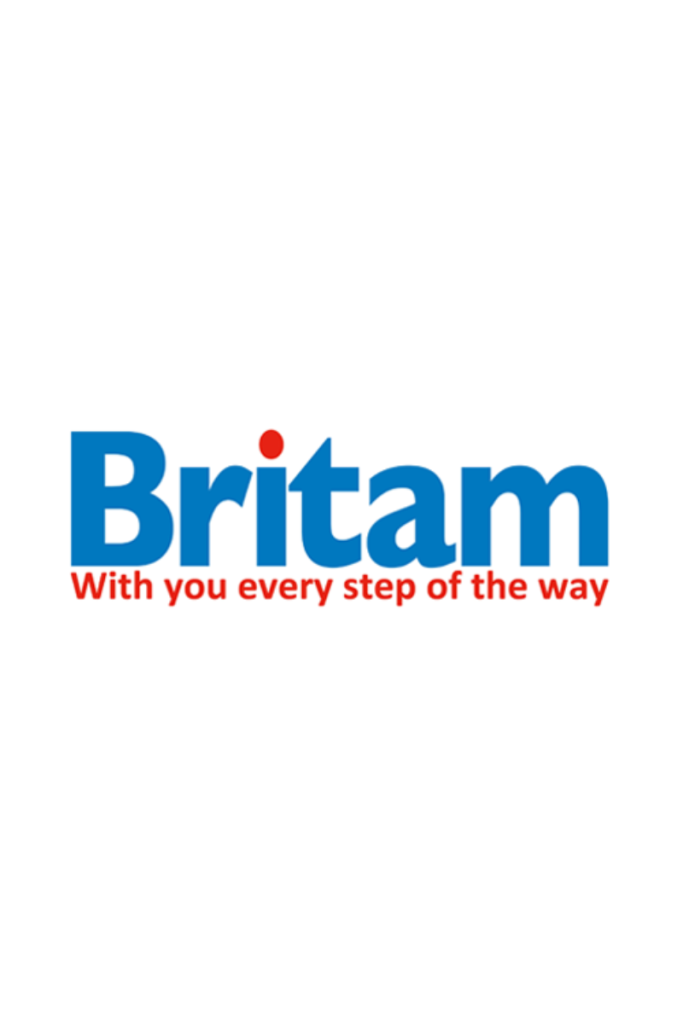

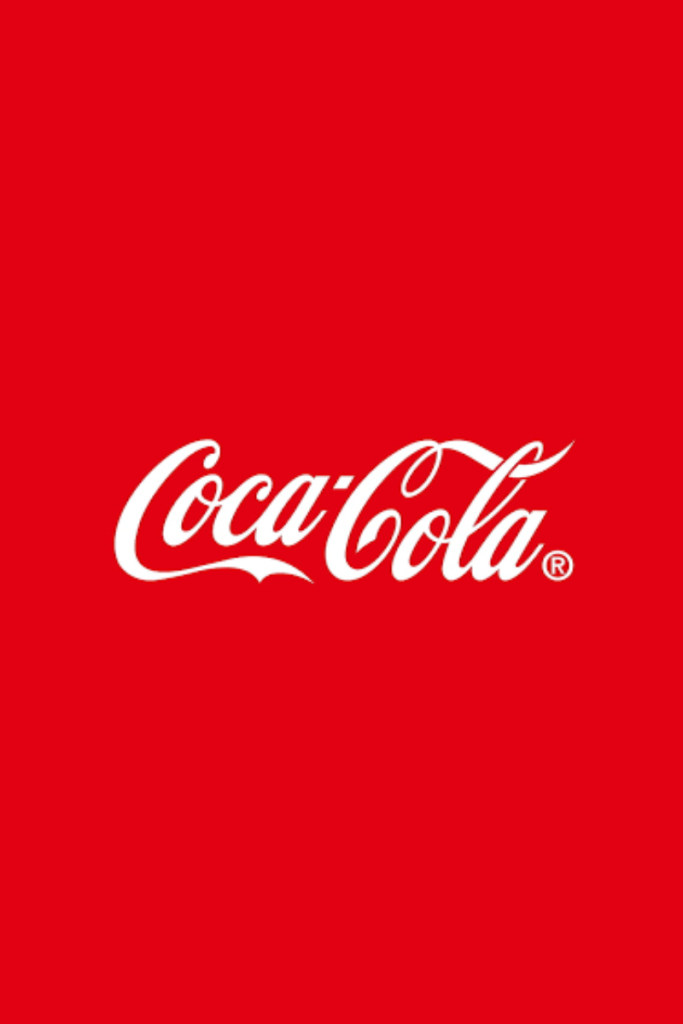
2. The Lettermark Logo
Lettermark logos are a type of wordmark logo that uses the company’s initials as the logo. These logos use the initials of the brand in a stylized font. They are ideal for brands with long names or difficult-to-pronounce names. For instance, National Health Insurance Fund (NHIF), Home Box Office (HBO), Cable News Network (CNN), and National Aeronautics and Space Administration (NASA).
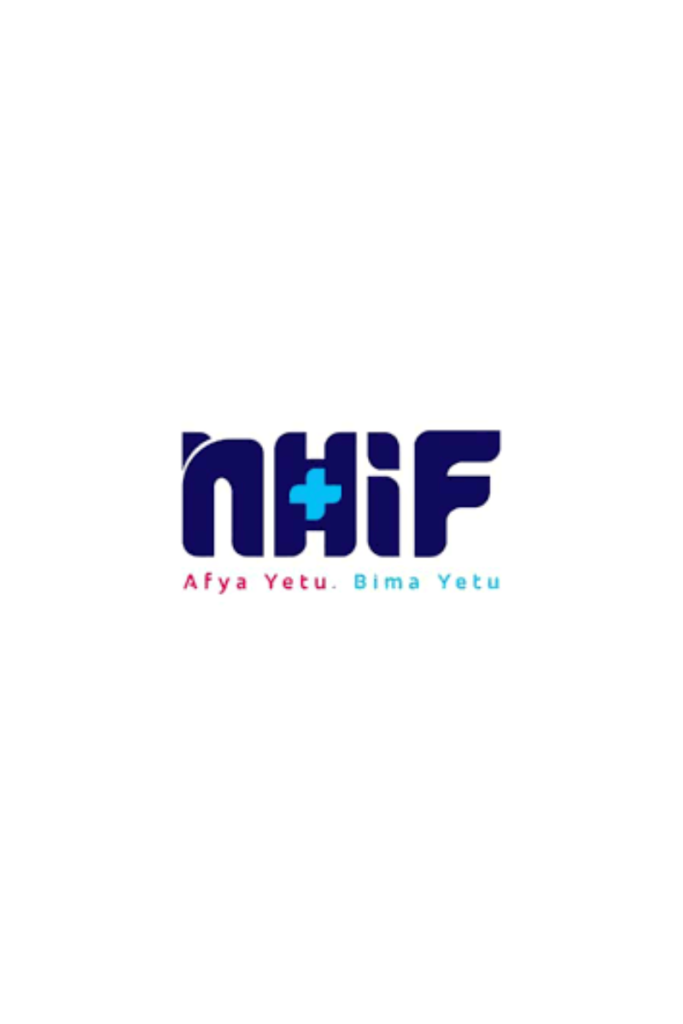


3. The Abstract Logo
These logos use abstract shapes and colours to represent the brand. This type of logo is perfect for brands that want to create a unique and memorable identity, like Spotify, YouTube, and Olympics.
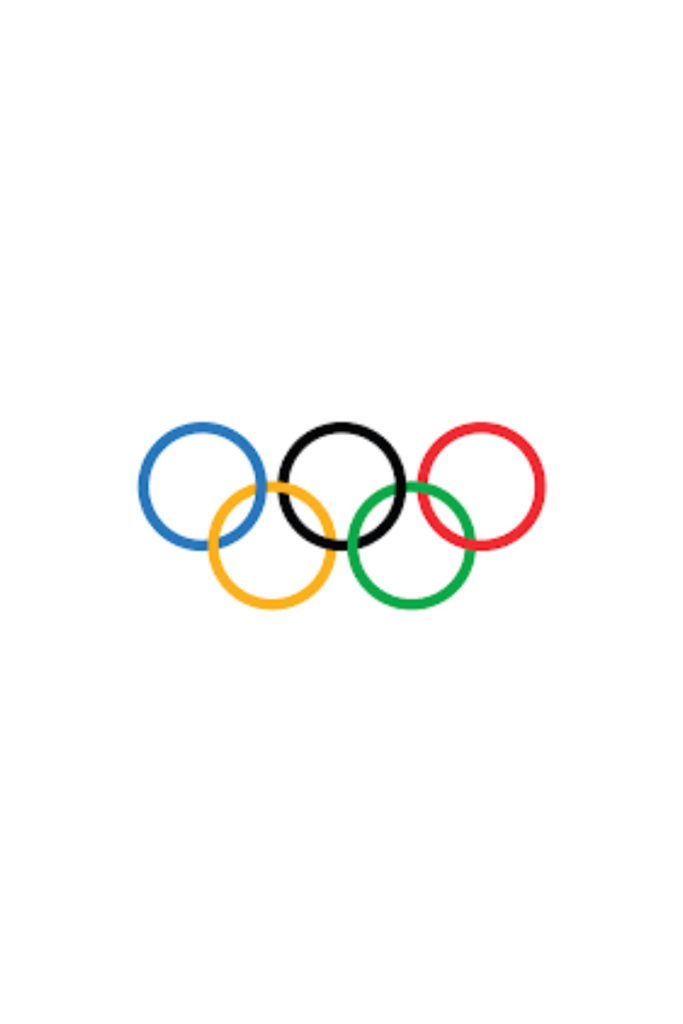


4. The Pictorial Logo
Now, we dive into Pictorial logos—graphic-based logos that use an icon or symbol to represent the brand. This type of logo is perfect for brands that want to convey a specific image or feeling. Examples of pictorial logos include Shell, Apple, X (formerly Twitter), Nike, and McDonald’s.


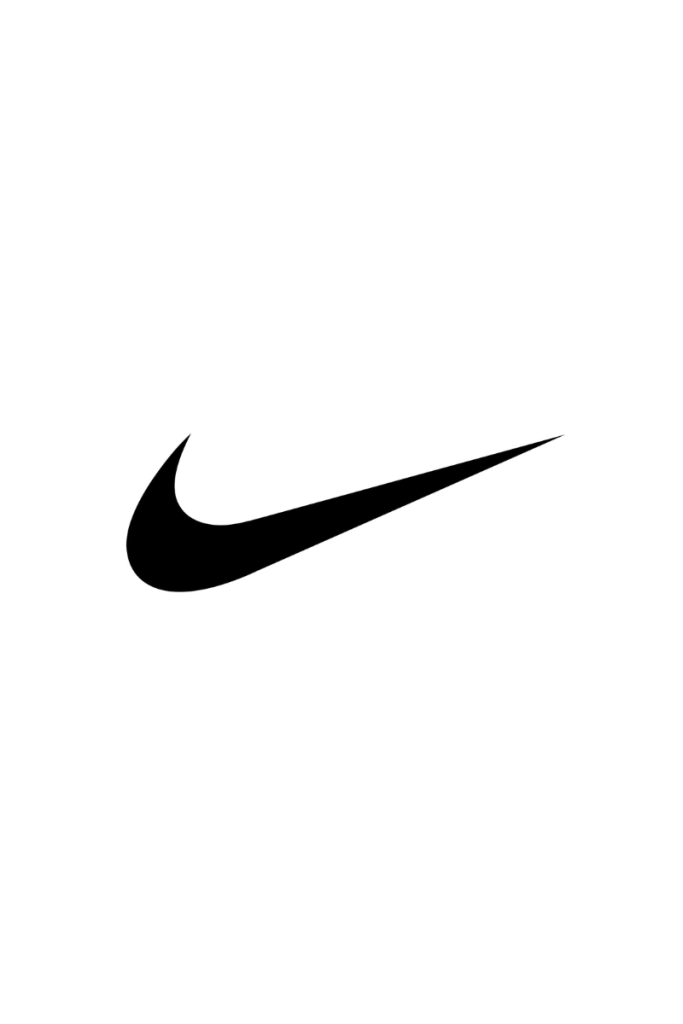
5. The Emblem Logo
Next is the Emblem logo—a design steeped in tradition and history. These types of logos combine a text-based element (wordmark or lettermark) with a graphic element (pictorial mark or abstract mark) within a border or shape. Examples of emblem logos include Kenya Red Cross, Jomo Kenyatta University of Agriculture And Technology, Tusker Lager, Football Kenya Federation (FKF), Gor Mahia F.C., Warner Bros., and Starbucks.
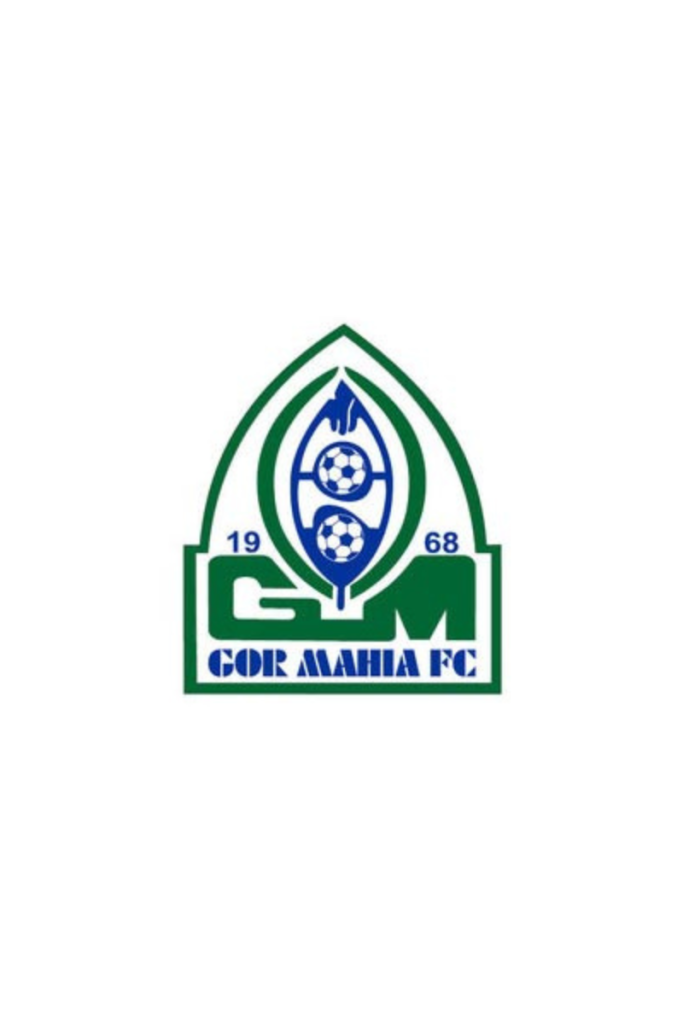

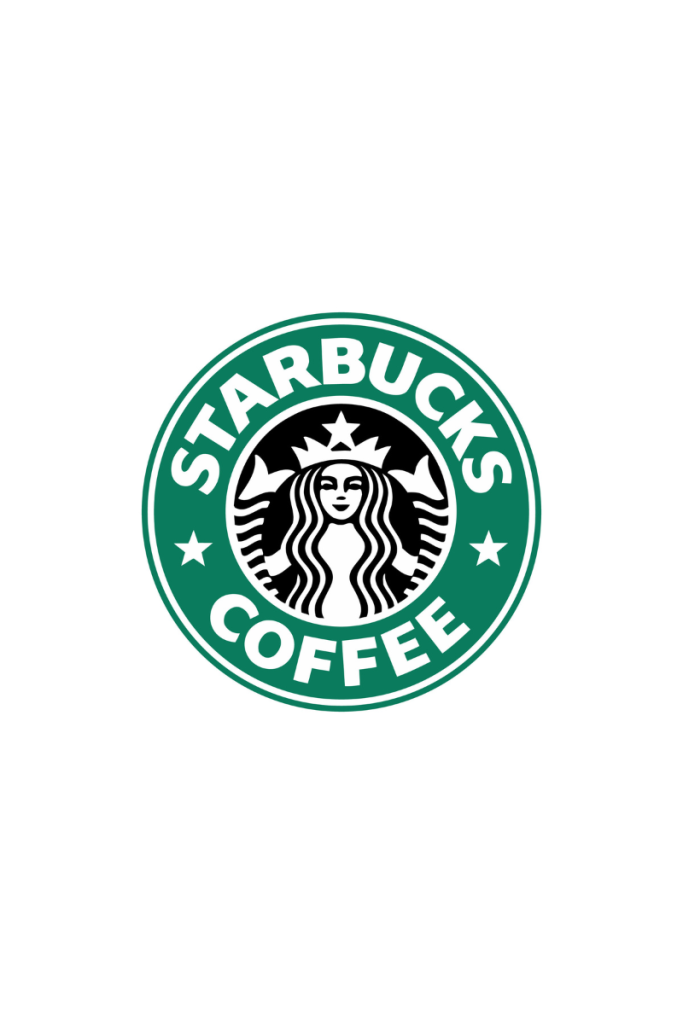
6. The Mascot Logo
Mascot logos are graphic-based logos that use an illustrated character to represent the company. These mascots breathe life into brands, making them unforgettable. Examples of mascot logos include KFC, Duolingo, Reddit and Kool-Aid.
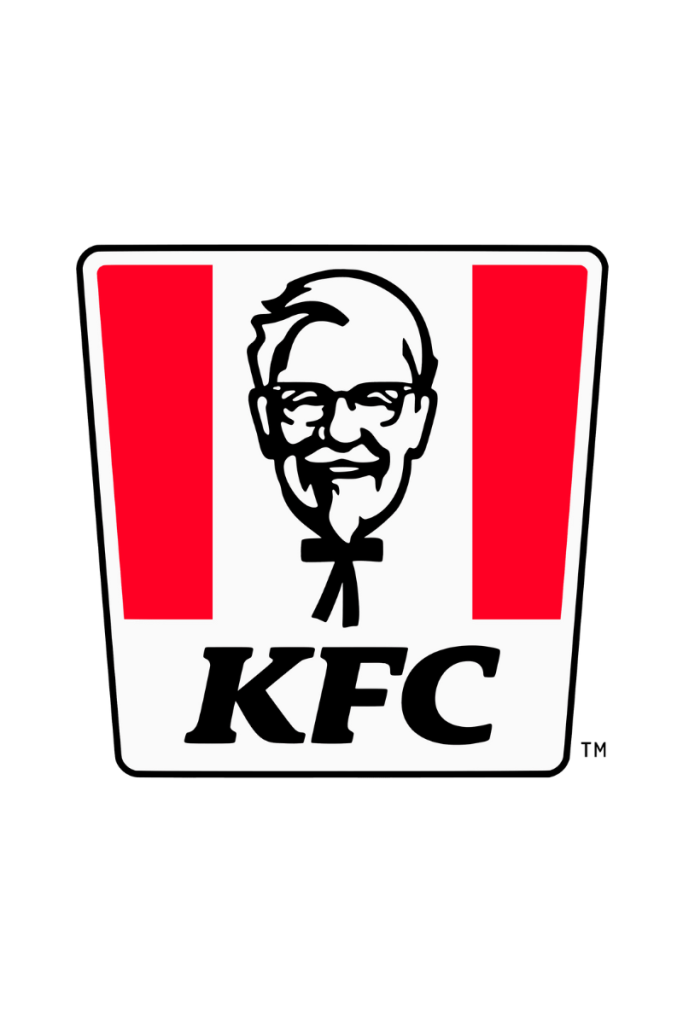
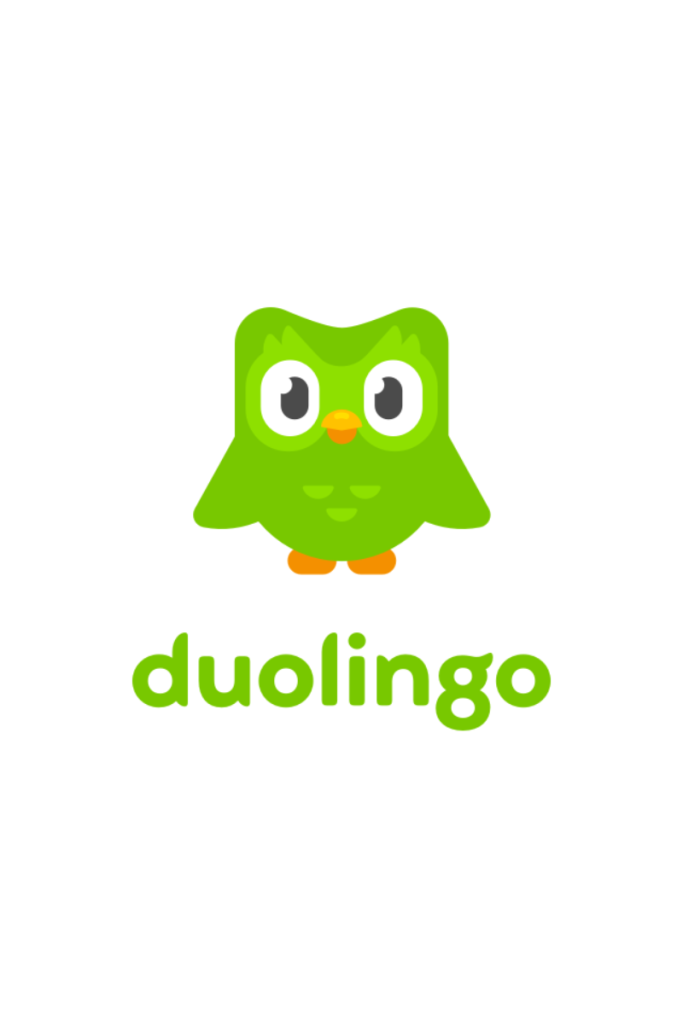
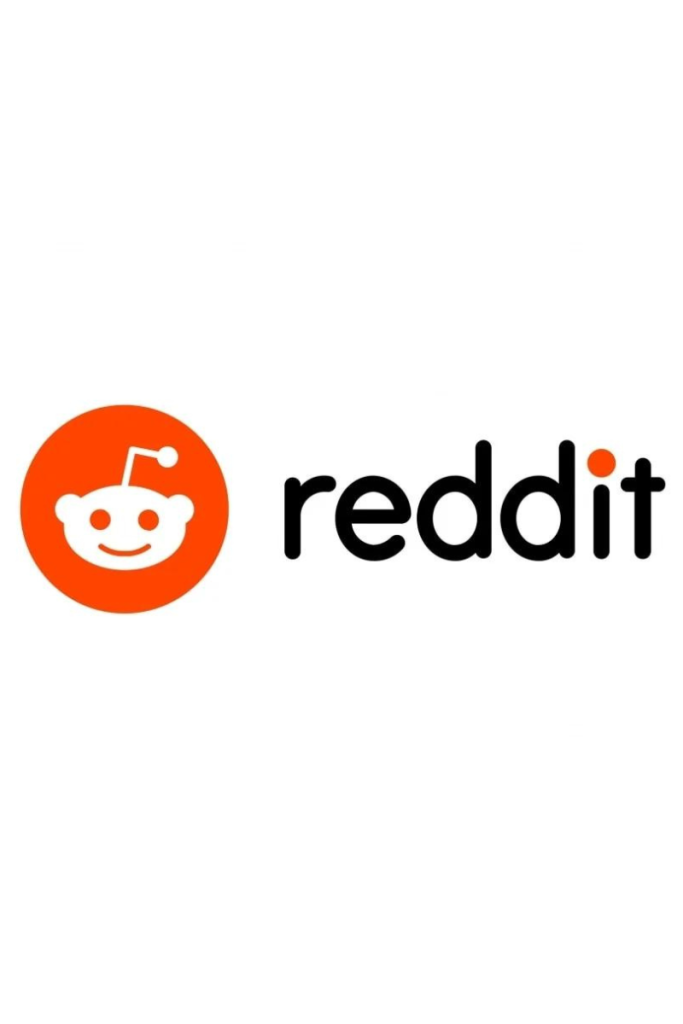
7. The Combination Logo
Combination mark logos are logos that combine a text-based element (wordmark or lettermark) with a graphic element (pictorial mark or abstract mark). This type of logo is a great way to create a logo that is both informative and visually appealing. Examples of combination mark logos include Astoria Properties, M-TIBA, Sanlam Investments East Africa, Burger King, and Amazon.
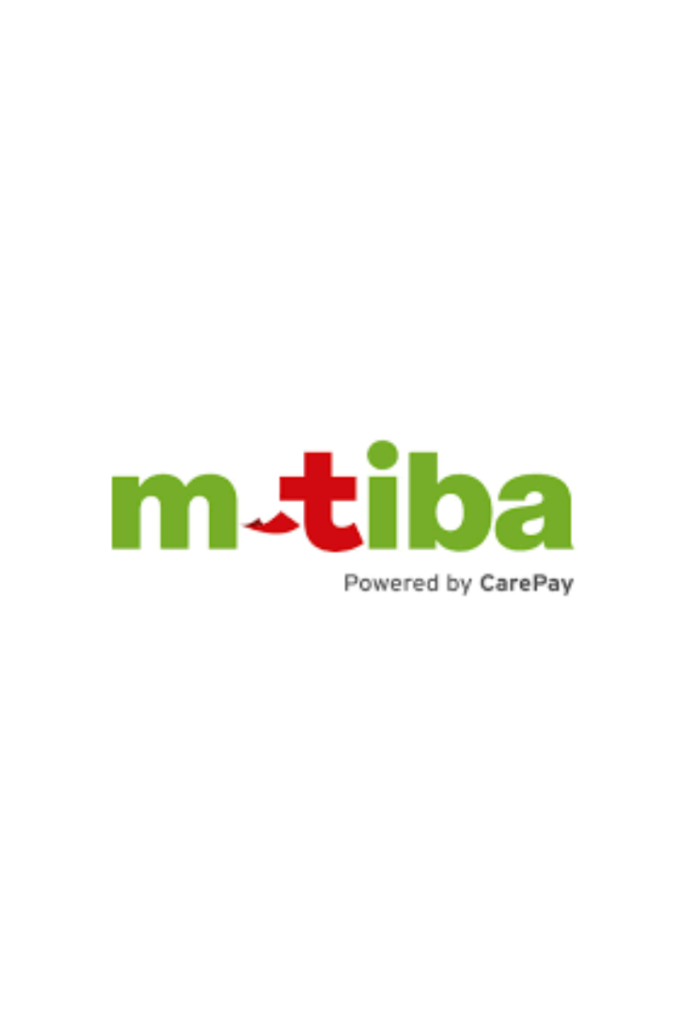
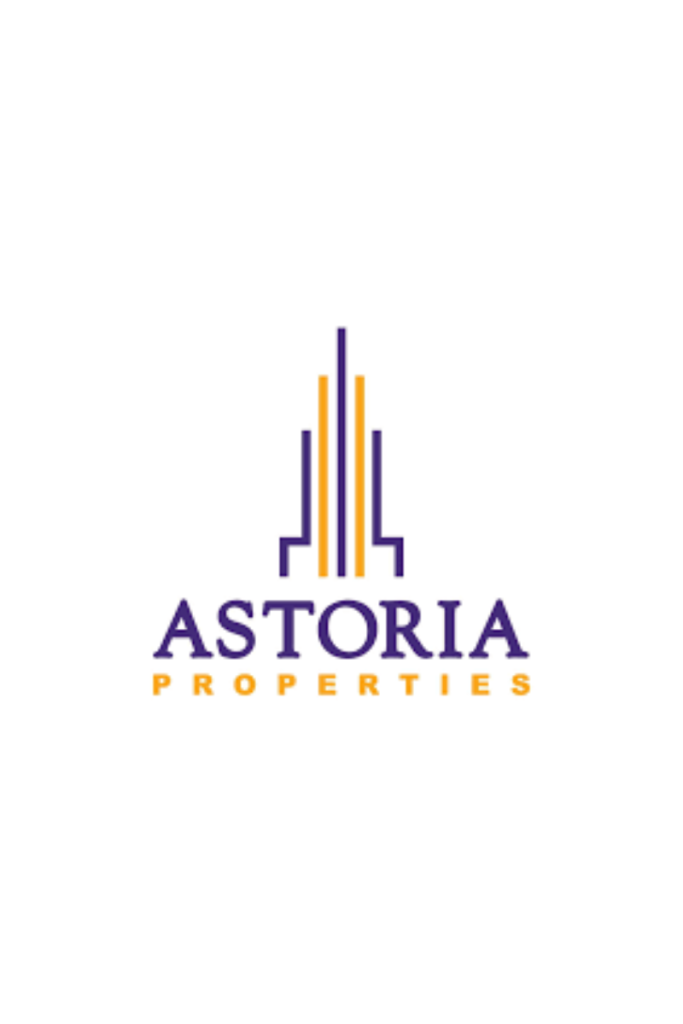
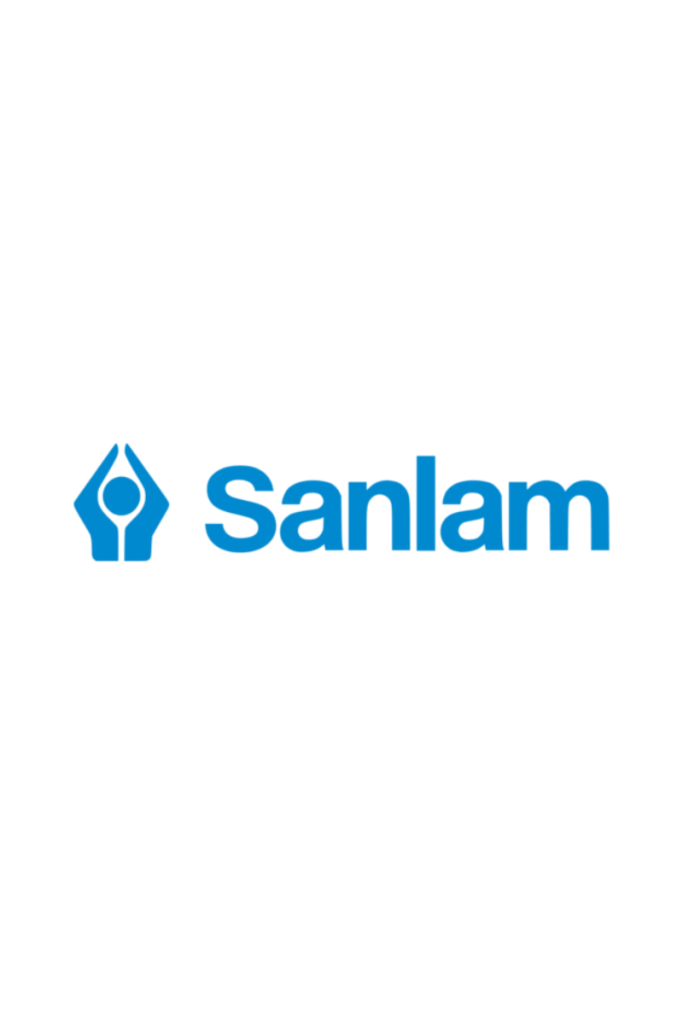
In conclusion, your logo is more than just a symbol. They are an essential part of any brand’s identity. Each type of logo has its own advantages and disadvantages. For example, wordmark logos are very versatile and can be used in a variety of contexts. However, they can be difficult to make memorable, especially if the company name is long or complicated. Pictorial mark logos are very easy to remember and recognize, but they may not be as effective in conveying complex messages.
The best type of logo for a particular brand will depend on a variety of factors, such as the company’s industry, target audience, and brand identity. It is important to choose a logo that is both visually appealing and effective at communicating the company’s message.
Keep it Shupav for more articles on branding and design!




